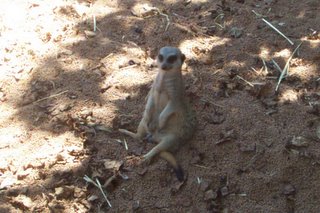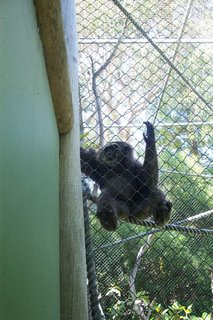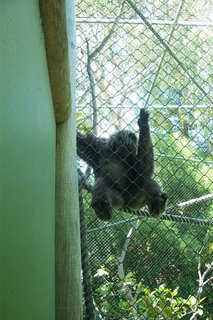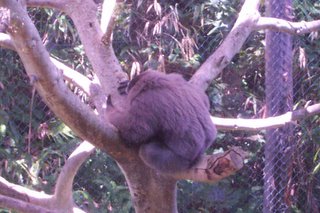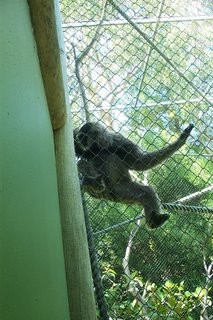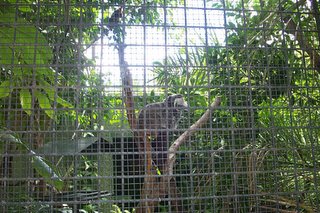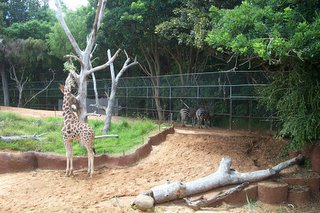Sumatran TigerPerth Zoo is part of a global network of organisations working to save tigers and their habitat. Through participating in a regional breeding program an supporting local conservation work in Sumatra, Perth Zoo is helping to save the Sumatran Tiger.
 Sumatran Tiger
Sumatran Tiger
Perth Zoo has been able to direct thousands of dollars to tiger conservation in Sumatra thanks to the many visitors who contributed toward our tiger exhibit donation box.
 Sumatran Tiger
Sumatran Tiger
Research, anti-poaching patrols, community education and habitat protection all combat the major threats to tiger survival.
 Sumatran Tiger
Sumatran Tiger
The hunting prowess and beauty of tigers have elevated them to cultural and religious icon status across their range countries.
 Sumatran Tiger
Sumatran Tiger
As a top predator of the rainforest, the "lord of the jungle's" survival hinges on the conservation of its natural habitat.

Sumatran Tiger
The conservation of habitat would help to ensure the survival of the multitude of species within the rainforest.
 Sumatran Tiger
Sumatran Tiger
Estimate of remaining tiger numbers
Siberian Tiger 500
Bengal Tiger 3500
Indochinese Tiger 1500
South China Tiger 30
Sumatran Tiger 500
Total 6030
Bali Tiger Extinct: 1940s
Caspian Tiger Extinct: 1970s
Javan Tiger Extinct: 1980s
Tigers are butchered for their body parts for use in traditional Chinese medicine. This is the major source of Tiger killings.
Unfortunately there are still people who believe that tiger penis is and aphrodisiac, Tiger bone can be used as a tonic, Tiger eyeballs cure convulsions, Tiger brain cures acne & laziness.
Poachers kill Tigers to supply the black market with pelts, bones and organs for eastern medicine. Tiger bone is worth $1000 per kilogram.
Due to the huge population in Asia, much of the natural habitat of the Tiger has been destroyed for timber or agriculture. The remaining habitat is in isolated patches and faces constant pressure from human encroachment.
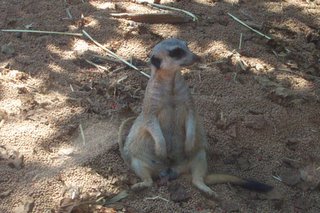 Slender-Tailed Meerkat (Suricata suricatta)
Slender-Tailed Meerkat (Suricata suricatta)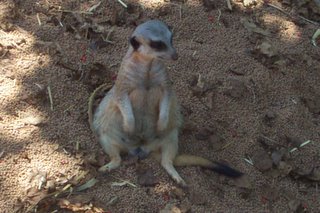 Slender-Tailed Meerkat (Suricata suricatta)
Slender-Tailed Meerkat (Suricata suricatta)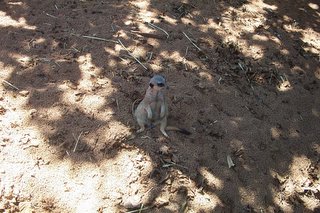 Slender-Tailed Meerkat (Suricata suricatta)
Slender-Tailed Meerkat (Suricata suricatta)